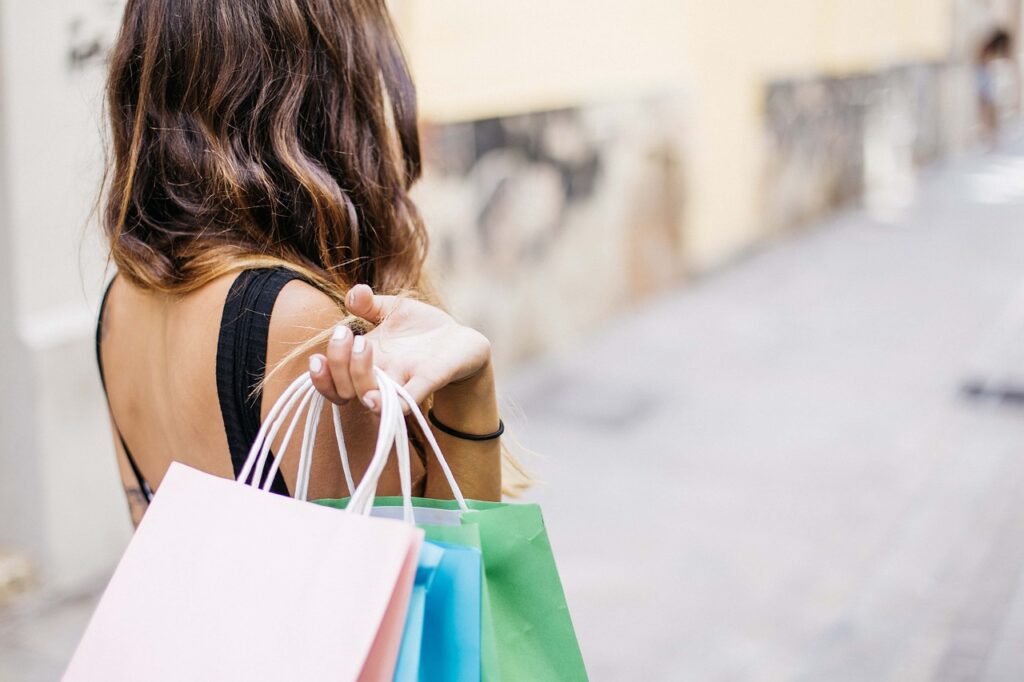Why Wealthy Shoppers Are Getting Younger and Younger
Due to the rise of social media and its ability to relay what's "cool," there has been an increase in wealthy shoppers among the Gen Z and Millennial age groups.
This article is more than 2 years old

It would seem that the luxury market would be the first sector to suffer during a slow economy, but that hasn’t been the case. In fact, sales of luxury items have appeared immune to rising interest rates and high inflation. Not only that, the wealthy shoppers buying luxury brands are getting younger and younger.
According to CNBC, two generations were responsible for all of the growth in the luxury market last year: Generation Y (millennials) and Generation Z. Luxury executives and market analysts say the brands are appealing to younger wealthy shoppers due to a surge in wealth creation in those age groups. Social media also appears to have influenced the stability in the luxury goods sector during otherwise trying times.
“What has changed is the affluence level of the U.S. customer, and the prevalence of social media that tells the customer what is cool, ” said Jan Rogers Kniffen, CEO of retail consulting firm J Rogers Kniffen WWE. “The generation before the Z’s pushed the age of first luxury purchase to 18 to 20. Wasn’t 15 to 17 the next logical stop? Is that the bottom? Probably not.”
A new report from global management consulting firm Bain & Co. states that purchases by younger wealthy shoppers will grow three times faster than older generations over the next decade. Additionally, they anticipate that the even younger Generation Alpha (those currently under 13) will make up a third of the luxury market through 2030. They say this reflects “a more precocious attitude toward luxury” in younger consumers than what is seen in older shoppers.
Gen Z is already outpacing millennials when it comes to the age they started buying luxury goods. These younger wealthy shoppers started to buy luxury brands of handbags, shoes, watches, jewelry, apparel, and beauty products at the tender age of 15. That’s three to five years sooner than Gen Y.
The report also said that by 2030, wealthy shoppers will be largely dominated by the younger generations. They expect Generations Y, Z, and Alpha to make 80% of global luxury purchases by then as the products become easier to buy. Purchasing luxury handbags and shoes has become more accessible in recent years as luxury companies have increased online sales and a multitude of secondhand luxury websites have launched.
Global sales of luxury goods to wealthy shoppers surged 22% in 2022, to roughly $381 billion, despite the overall state of the economy. Growth in 2023 is expected to be slower, between 3% and 8%, depending on the economies of the U.S. and Europe. China’s recovery will also play a factor in the luxury market’s growth.
The U.S. exceeded China in luxury sales growth in 2022, with 25% sales growth and total sales adding up to around $121 billion. Meanwhile, China’s extensive Covid lockdowns contributed to their luxury sales dropping by 1%. Europe also experienced solid growth in its luxury market sales as wealthy shoppers traveling again from America contributed to the 27% increase.
Accessories—especially handbags—drove sales of luxury goods in 2022 and will continue to in the years to come. Sales of leather were up 40% from pre-Covid levels with last year’s sales soaring around 24% as wealthy shoppers scooped up new models. However, the biggest growth driver was simply companies raising their prices, like Chanel pricing its small Classic Flap bag 60% higher than before the pandemic.




